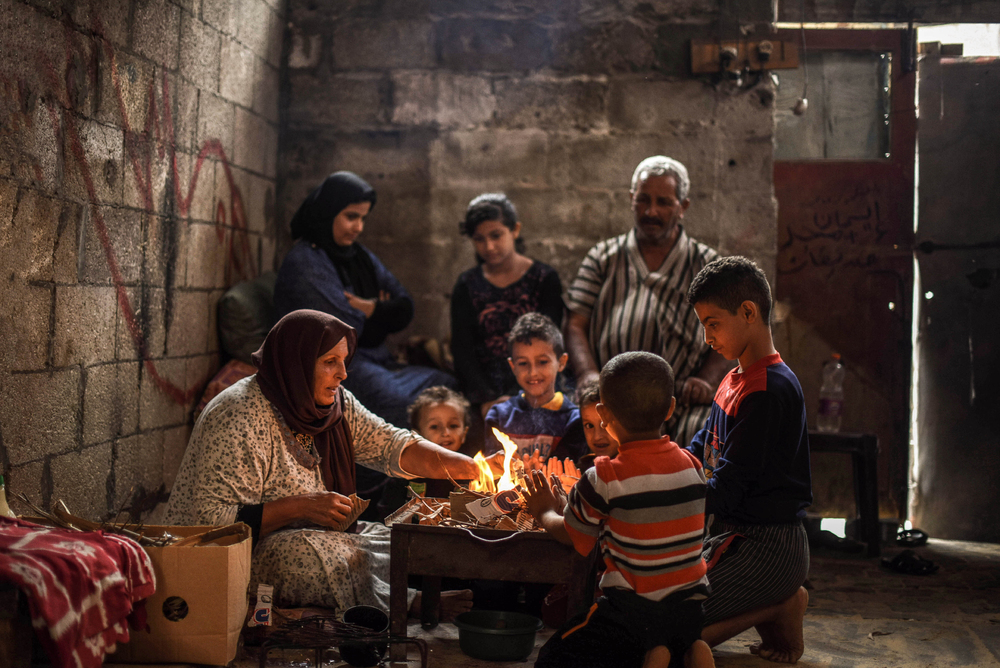
Can a human rights system become a threat rather than aid? In Gaza, the answer is agonizingly clear. On televisions worldwide, desperation has become a mundane reality: children foraging through dumpsters to eat, families squabbling over bags of flour. But backstage are more devious forces in motion: policy choices, power plays, and the seizure of aid as a battlefield itself.
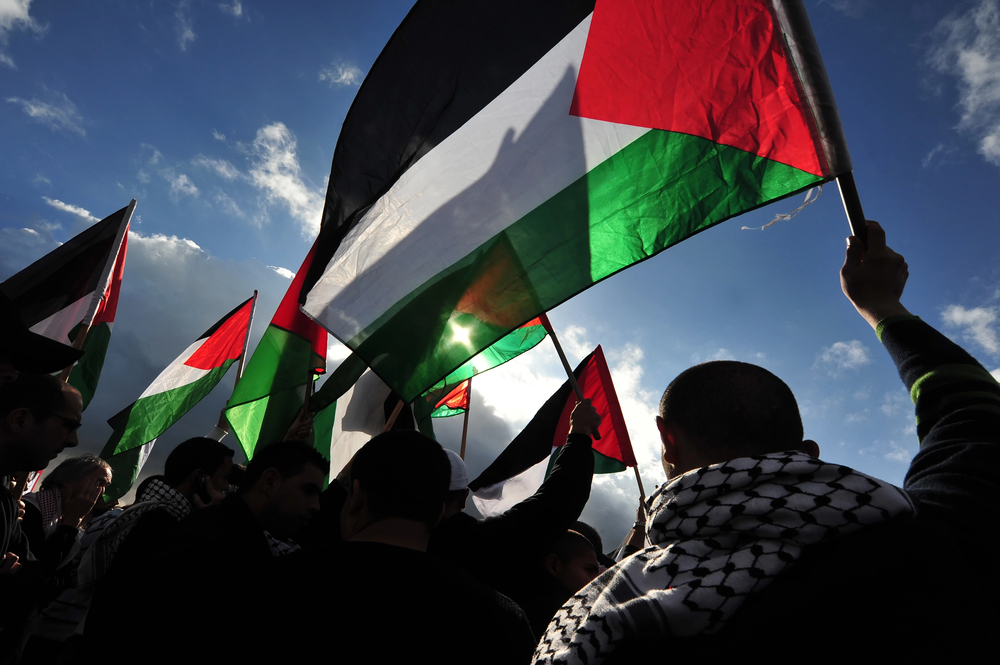
What follows is not a catalog of grim statistics. It’s a look behind the headlines, revealing the mechanisms, the expense, and lived experience that define Gaza’s prolonged humanitarian crisis. From the collapse of traditional aid models to the psychological toll for responders and survivors alike, these are seven truths global citizens and policy observers need to know.
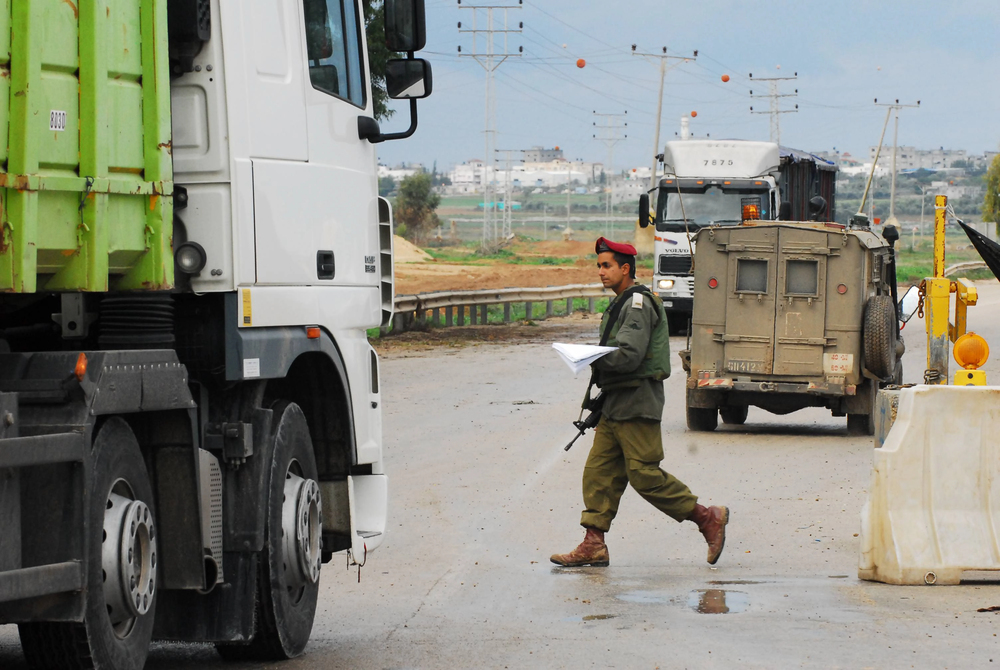
1. Militarized Aid Distribution: From Relief to Risk
At one time, Gaza’s humanitarian lifeline ran through hundreds of UN-coordinated distribution centers. Today, however, that network has been replaced by just a few militarized hubs, controlled by the Gaza Humanitarian Foundation (GHF) and guarded by private contractors. These so-called “death traps,” as Médecins Sans Frontières has called them, have taken the lives of over 1,000 Palestinians in the search for food since May (over 1,000 Palestinians were shot by Israeli bullets while searching for assistance since May). Instead of protection, families are now given the choice between dying and dying from hunger in foul-smelling, fenced-in compounds.
International NGOs have condemned this shift, warning that the GHF approach is contra to basic humanitarian principles and puts civilians at risk. In the words of a WHO official in a plain-cut articulation, “The recent food distribution initiatives by non-UN actors every time result in mass casualty incidents.” (The recent food distribution initiatives by non-UN actors every time result in mass casualty incidents)
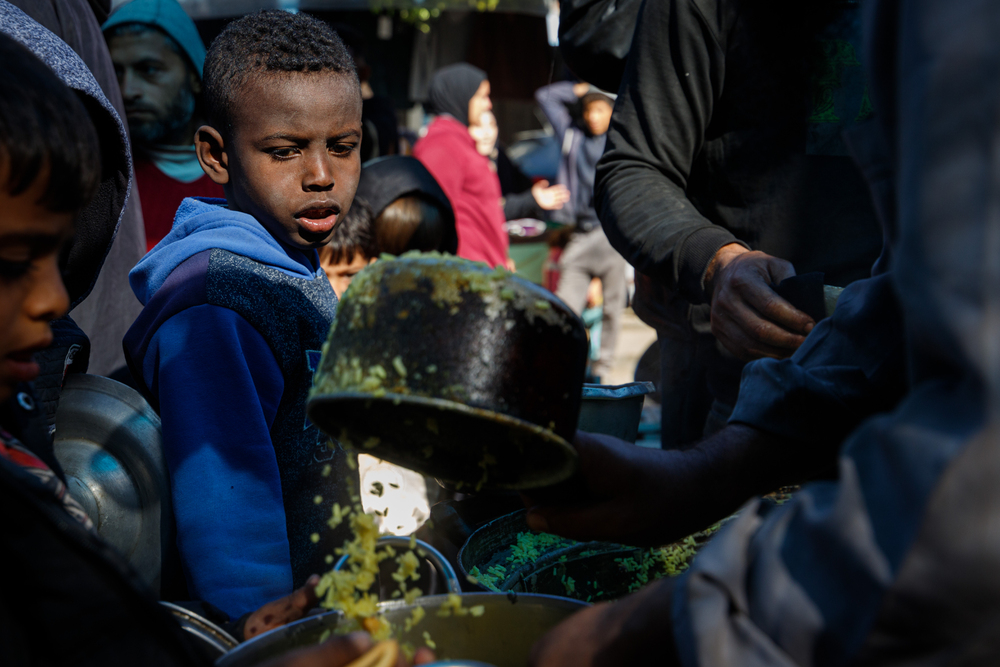
2. Starvation as Strategy: The Weaponization of Food
The United Nations and the largest humanitarian agencies have deplored the blockade and siege of Gaza as a deliberate policy, not a tragic mistake. As UN Secretary-General António Guterres has put it, “This is not a warning. It is a reality unfolding before our eyes. The trickle of aid must become an ocean.” (The trickle of aid must become an ocean)
Food consumption and acute malnutrition famine levels have now been exceeded in most of Gaza, hundreds having been killed by malnutrition, and further thousands having been killed by violence at aid installations. The price of a 25kg bag of wheat flour has now gone up to more than $500-more than 3,000% above where it was in February so that the simplest survival is a luxury too expensive for most people (Prices have gone through the roof for things as basic as a 25 kilogramme sack of wheat flour, which now costs between $235 and $520).
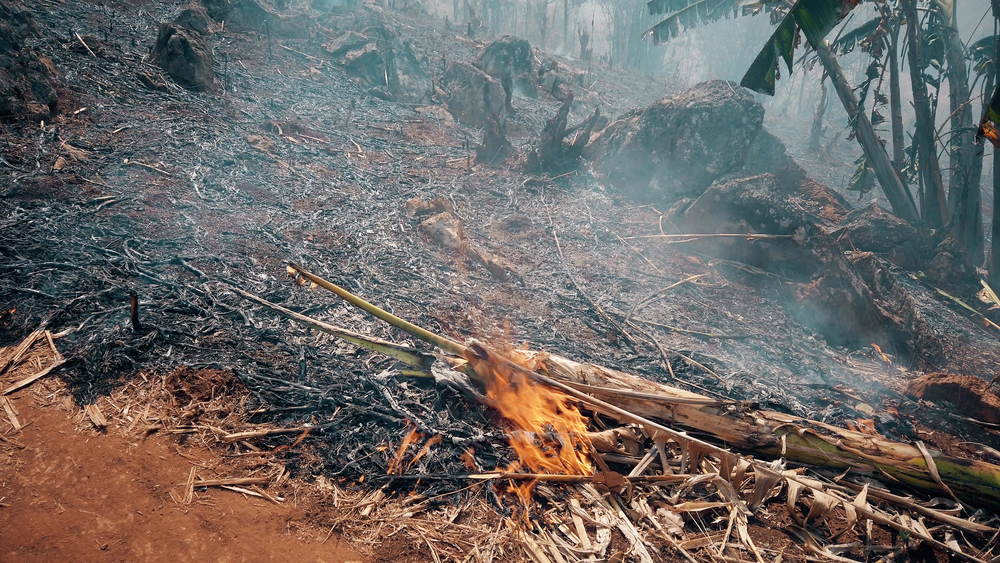
3. The Collapse of Markets and Livelihoods
With 83% of cultivable land and 95% of agricultural land damaged or out of reach, the food system in Gaza has all but collapsed. Farm production has fallen more than 80%, and institutional market regulation has failed, with the result that speculation and price rigging are promoted (83% of cultivable land and 95% of agricultural land, the latter to encompass wider usage, such as grazing for livestock, have been rendered “damaged or inaccessible”).
In the vacuum, unofficial barter, citizen price monitoring, and trade among peers have emerged, yet nothing can match the scale of demand. As one Gaza resident told the BBC, “My children are starving. They have not had a single meal for two days. We constantly hear about aid arriving, but we never see any of it.
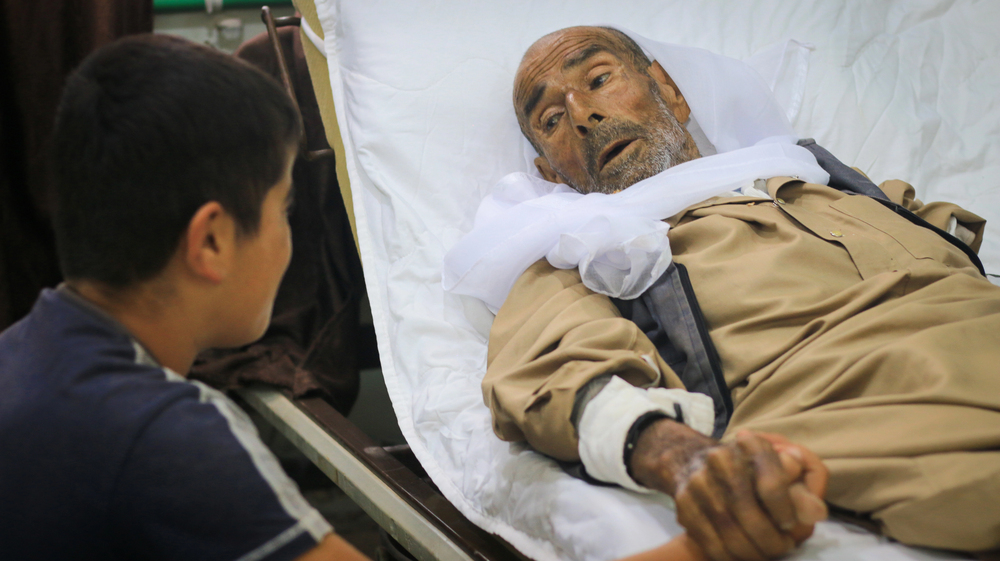
4. Psychological Trauma: The Hidden Crisis
Besides hunger and violence, the citizens of Gaza live an unexpressed epidemic of psychological trauma. According to a recent survey, over 80% of the adults displaced in Gaza were moderate or higher on depression, and nearly 68% were eligible for PTSD (The symptomatic rate of PTSD was 67.8% when defined as meeting the DSM-5 criteria for PTSD). For children and university students, even more is at stake, with intense anxiety and “psychache,” unbearable mental pain, becoming nightmarishly prevalent.
Even mental health professionals are not immune. Of Palestinian mental health workers in one study, 89.5% said the war had been adversely affecting their own psychological state, with 38.7% scoring over the clinical cutoff for PTSD (38.7% of the sample scored over the clinical cutoff for PTSD).
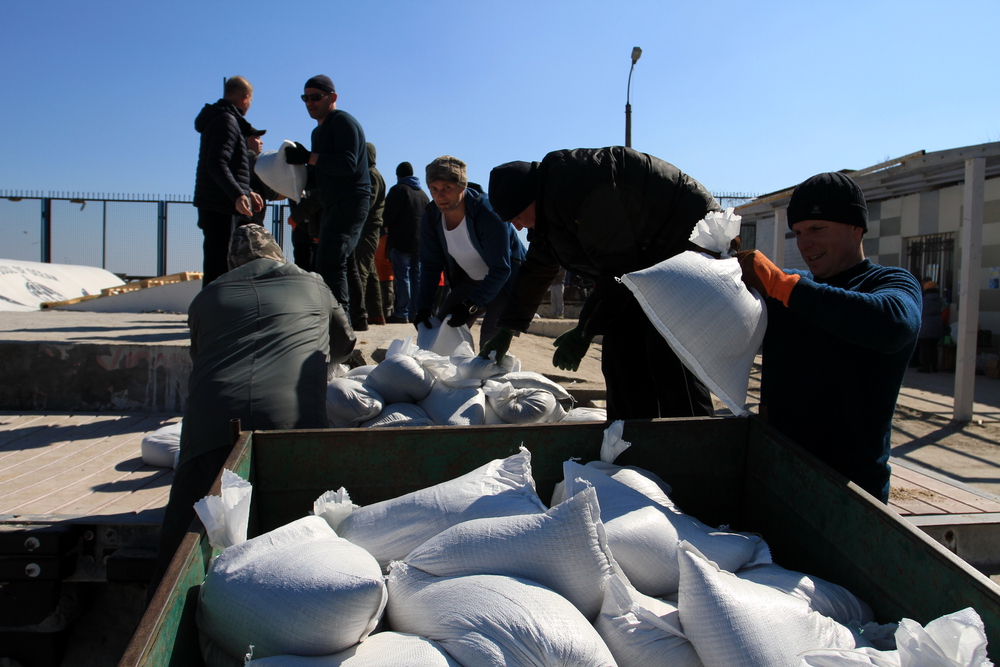
5. Humanitarian Response Under Fire
Despite being at a disadvantage, organizations like Catholic Relief Services and Oxfam have managed to reach millions of people with food, water, shelter, and psychosocial counseling. But, according to CRS, “our staff and partners continue to operate under grave risk.” (our staff and partners continue to operate under grave risk)
Humanitarian workers report that even if materials do get into Gaza, they are dangerous to distribute, and community kitchens are overwhelmed. The quantity of hot meals distributed dropped by 70% over the past five days, and many airdropped packages end up in evacuated zones or in the sea, inaccessible to those most in need (approximately 260,000 meals have been prepared and delivered throughout Gaza Strip. That is down from 840,000 meals last Wednesday – a 70 per cent reduction).
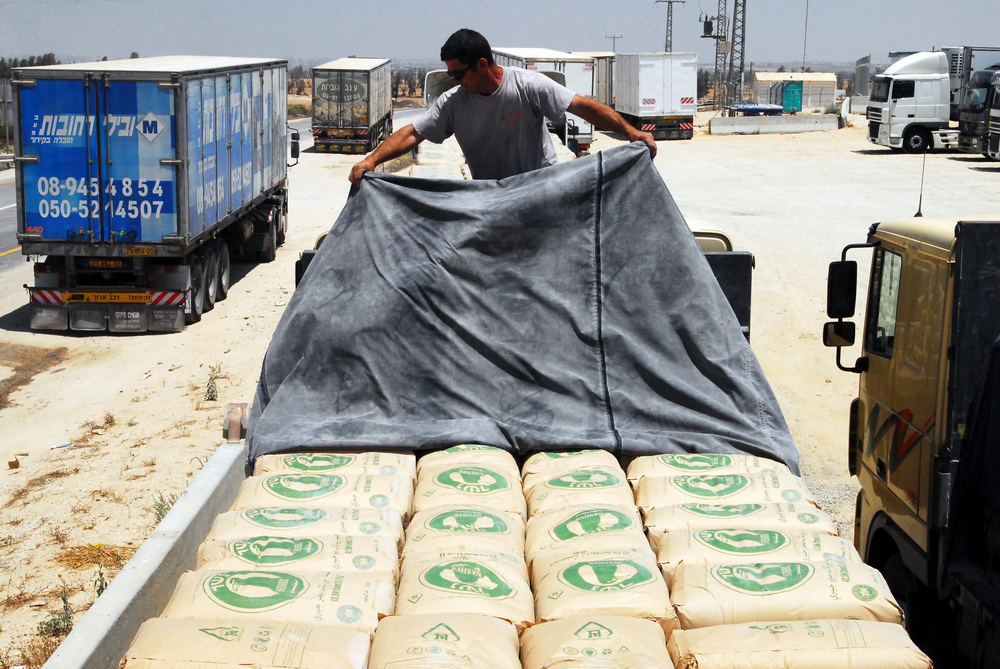
6. The Economy of Genocide: Profiting from Crisis
There is a new, freezing reality: humanitarianism itself is being hollowed out, militarized, and commercialized into a platform for surveillance capitalism. The Gaza Humanitarian Foundation, linked to private security and logistics firms, isn’t just bringing aid; it’s operating a crisis as a business.
As Francesca Albanese’s U.N. report illuminates, “genocide has become ‘economized.’ The displacement and annihilation of Palestinians is not only political; it is materially profitable.” (genocide has become “economized.” The displacement and annihilation of Palestinians is not only political; it is materially profitable)
This system, which has been termed the “Authoritarian-Financial Complex,” becomes profitable at every step of oppression, beginning with the sale of arms to the collection of information and even the shipment of aid itself.
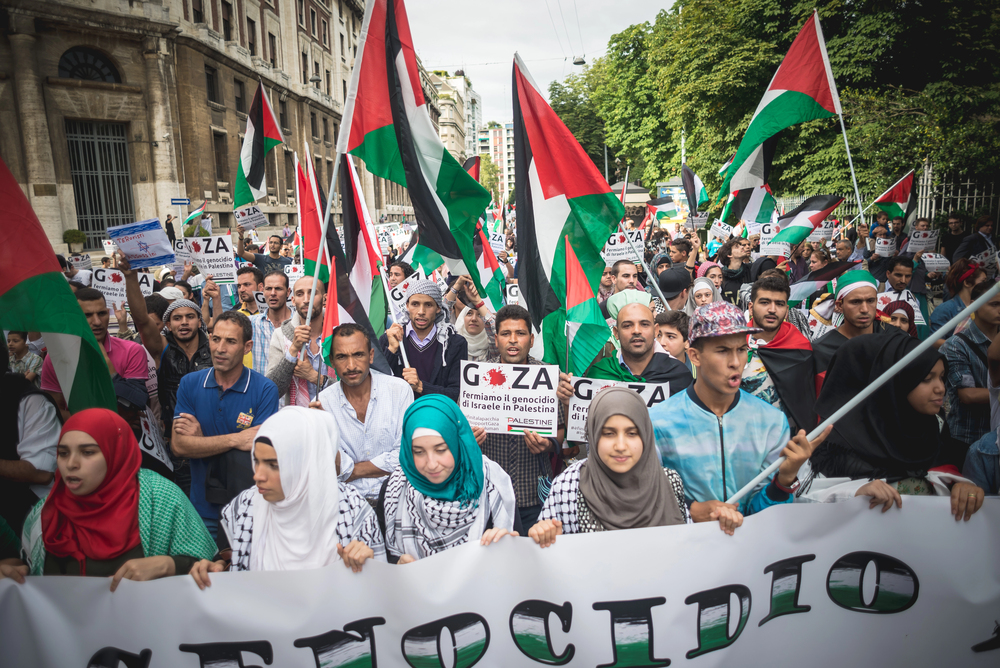
7. Demands for Change: Ceasefire and Accountability
The humanitarian community is one on the call for action urgently. As UN Secretary-General Guterres demanded, “We need an immediate and permanent humanitarian ceasefire; the immediate and unconditional release of all hostages; and full, unfettered humanitarian access across Gaza.” (We need an immediate and permanent humanitarian ceasefire; the immediate and unconditional release of all hostages; and full, unfettered humanitarian access across Gaza)
NGOs and specialists are calling for the restoration of UN-coordinated relief, a halt to the militarized distribution model, and accountability for profiteers and spreaders of the crisis. Normalization of suffering, they warn, should not be allowed.
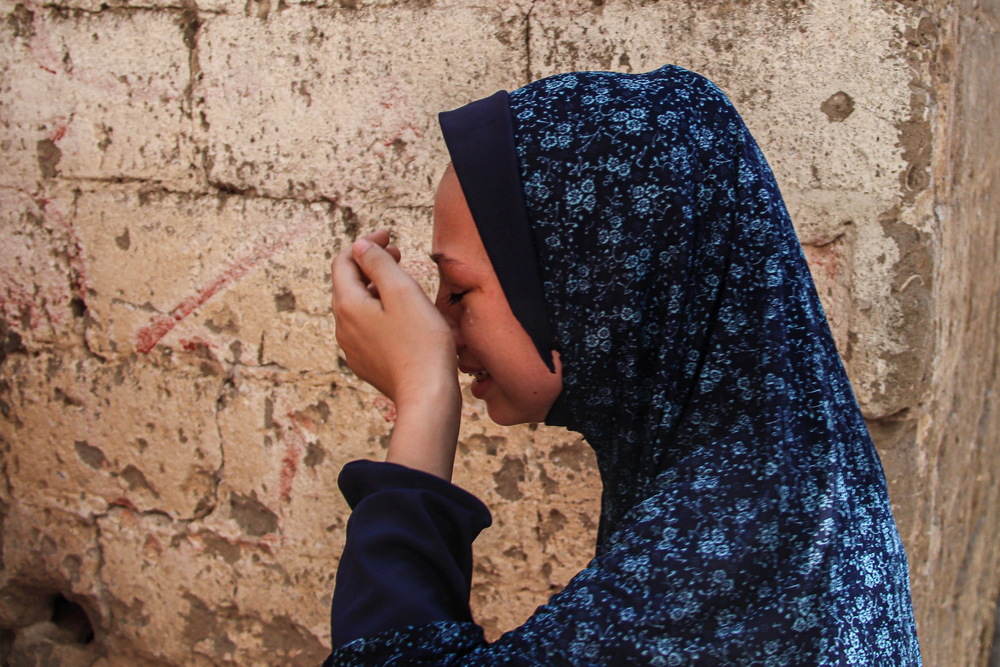
Gaza’s humanitarian crisis isn’t just a catastrophe; it’s a wake-up call to the world community. The on-ground realities paint a picture of a system yearning to be transformed, where relief can serve as a source of harm, and suffering is always being commercialized. To all those calling for change, the path ahead is clear as day: demand accountability, advance evidence-based action in humanity, and abhor a world where relief is used as a tool of warfare. The time for change is now, before the next disaster is just another chance for profit.


